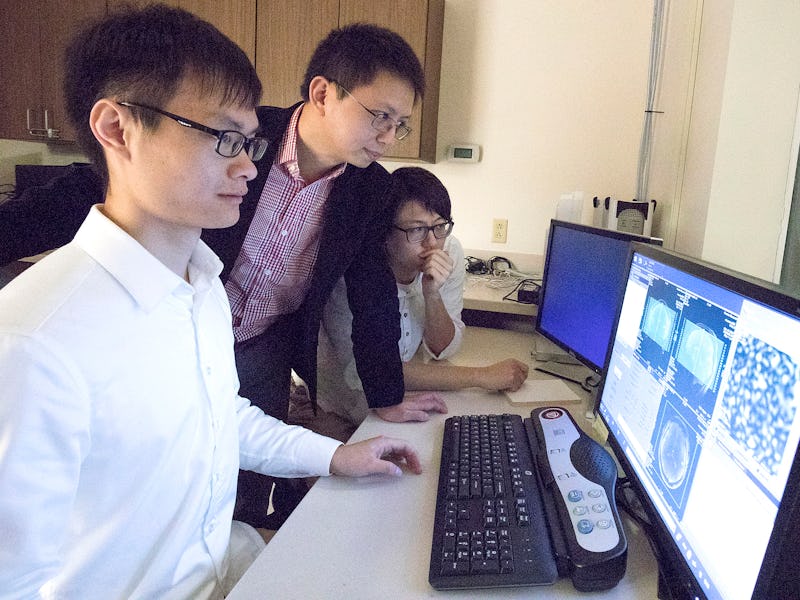Mind-Reading A.I. Might Understand Our Brains Before We Do, Says Scientist
Researchers are teaching A.I. to decode brain images.

Purdue University researcher Zhongming Liu has been studying the inner workings of the mind for nearly two decades. His goal is to understand how our brains form mental images based on what we see around us.
It’s one of the most complex questions in neuroscience, and Liu tells Inverse he and his team just got a major assist in understanding human brains from a machine mind.
“I’ve been working on this for years,” says Liu. “And it wasn’t until now that I’ve been able to get a substantial breakthrough with the help of A.I.”
As Liu and his fellow researchers detail in the journal Cerebral Cortex, they used an A.I. neural network — the same basic tech used in computers and phones for facial recognition — to interpret the results of MRI scans of people watching videos.
The A.I. then revealed what parts of the brain were responding to what images. In other words, a mind-reading A.I. The researchers were able to use the MRI data from one study participant to predict what another person was seeing, as well as to reconstruct videos based just on what the A.I. had “seen.”
“Reconstructing someone’s visual experience is exciting because we’ll be able to see how your brain explains images,” Liu said.
That advance could help us understand and possibly treat medical conditions like aphasia, or face blindness, and decode people’s mental images to treat mental health issues.
By far the most exciting application is in the area of A.I. development itself, which was always inspired by how the human brain works, hence our obsession with A.I. everything at the moment.
And that’s what is so fascinating about this research, according to Liu. It reveals what artificial brains can tell us about their human equivalents — and vice versa.
“Because brains are so complex, it’s hard to ask the A.I. to understand the brain given that we still don’t fully understand ourselves,” Liu says.
As he explained, we take measurements from the brain and match the architecture with the A.I., reworking the models until they become more brain-like. Using the brain to teach A.I. to become more brain-like has been a longtime strategy in the field.
This particular discovery is still at the basic research stage, but it took years for the science just to reach this point, and it wouldn’t have gotten there at all without the help of artificial intelligence.
“That type of network has made an enormous impact in the field of computer vision in recent years,” said Liu said.
If you liked this article, check out this video on how A.I. can now predict the future, two seconds at a time.